Home>Garden Essentials>What Do Gomphrena Seeds Look Like
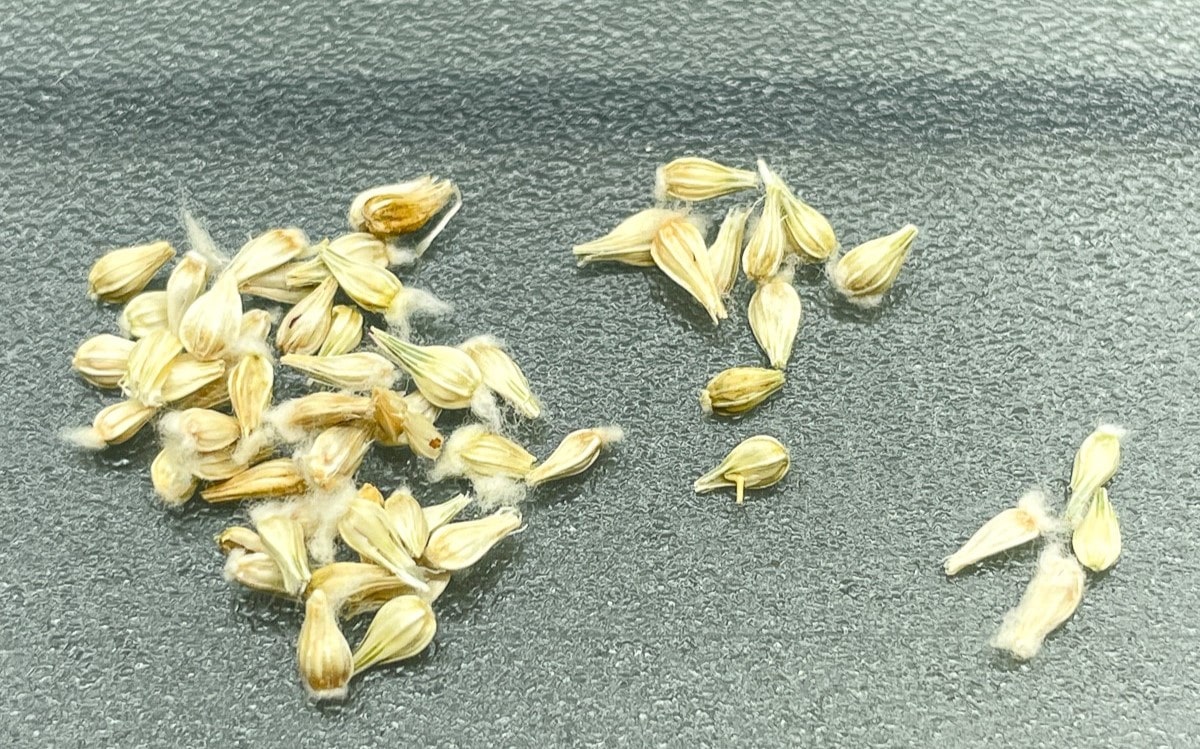

Garden Essentials
What Do Gomphrena Seeds Look Like
Modified: March 15, 2024
Discover what gomphrena seeds look like and learn how to grow them in your garden. Get expert tips and advice for a successful garden with gomphrena seeds.
(Many of the links in this article redirect to a specific reviewed product. Your purchase of these products through affiliate links helps to generate commission for Storables.com, at no extra cost. Learn more)
Introduction
Welcome to the fascinating world of gardening! Whether you are an experienced gardener or just starting out, discovering new plants and their unique characteristics is always a delightful experience. Today, we will be diving into the world of gomphrena seeds. Gomphrena, also known as globe amaranth, is a beautiful and versatile flowering plant that is widely cultivated in gardens all around the world. One of the first steps in growing gomphrena is understanding what its seeds look like.
Gomphrena seeds are not only the starting point of new plants but also hold the potential for a bountiful and vibrant garden. In this article, we will explore the characteristics of gomphrena seeds, including their size, shape, color, texture, and surface features. We will also delve into the fascinating journey of germination and sprouting that these tiny seeds undergo to transform into full-grown gomphrena plants.
Whether you are planning to grow gomphrena in your backyard garden, flower beds, or containers, understanding its seeds is crucial. So, let’s embark on this knowledge-filled journey to learn more about the enchanting gomphrena seeds and how they contribute to the beauty of your garden.
Key Takeaways:
- Gomphrena seeds are small, round, and come in various colors like brown, black, and even reddish hues. Their smooth texture and subtle surface features help them absorb water and anchor in the soil for successful germination.
- Understanding the size, shape, color, and texture of gomphrena seeds is crucial for successful cultivation. Witnessing their journey from tiny seeds to vibrant plants is a rewarding and awe-inspiring experience in gardening.
Read more: What Do Beet Seeds Look Like
Characteristics of Gomphrena Seeds
Gomphrena seeds possess unique characteristics that distinguish them from other plant seeds. Understanding these characteristics can help gardeners identify and handle them properly during the planting process. Let’s take a closer look at the key features of gomphrena seeds:
- Size and Shape: Gomphrena seeds are relatively small in size, ranging from 1 to 2 millimeters in diameter. They have a rounded or oval shape, resembling tiny beads. The compact size of these seeds allows for easy handling and distribution during sowing.
- Color: Gomphrena seeds exhibit various colors, including shades of brown, black, and sometimes even reddish hues. The color of the seeds can vary depending on the specific variety of gomphrena.
- Texture and Surface Features: Gomphrena seeds have a smooth and glossy texture, which contributes to their overall appearance. If you closely examine the seeds, you may notice subtle ridges or lines on their surface. These surface features provide a unique texture and help the seeds grip the soil during germination.
These distinctive characteristics of gomphrena seeds make them easily recognizable, enabling gardeners to differentiate them from other plant seeds. These seeds play a vital role in the growth and development of gomphrena plants, and understanding their unique traits is essential for successful cultivation.
Size and Shape
The size and shape of gomphrena seeds play a significant role in their distribution, germination, and overall growth. Understanding these features can help you properly handle and sow the seeds to achieve successful cultivation. Let’s explore the size and shape characteristics of gomphrena seeds:
Size: Gomphrena seeds are relatively small, typically measuring between 1 to 2 millimeters in diameter. Despite their small size, these seeds contain all the necessary genetic material to develop into healthy gomphrena plants. Their compact size also allows for easy handling and distribution during the sowing process.
Shape: Gomphrena seeds are round or oval-shaped, resembling tiny beads. Their smooth and symmetrical shape makes them visually appealing and easy to identify. This distinctive shape also aids in the distribution of seeds, as their rounded surface allows them to roll and disperse when scattered or transported by wind, water, or animals.
The size and shape of gomphrena seeds serve a functional purpose in the natural environment. Their small size ensures that they can be carried by various dispersal agents such as wind, water, and animals, allowing the seeds to reach new locations for germination and growth. Additionally, the round or oval shape supports their movement and prevents them from getting stuck in tight spaces.
When sowing gomphrena seeds in your garden, it is important to keep in mind their small size and delicate shape. Handle the seeds with care to avoid crushing or damaging them. If using a seed tray or container, make sure the spacing between the seeds allows enough room for their growth. By understanding the size and shape of gomphrena seeds, you can ensure proper sowing techniques and create optimal conditions for their germination and development.
Color
Gomphrena seeds display a range of colors that add visual interest to the planting process. While the color of gomphrena seeds can vary depending on the specific variety, they often exhibit shades of brown, black, and sometimes even reddish hues. Let’s dive deeper into the color characteristics of gomphrena seeds:
Brown: Brown is a common color found in gomphrena seeds. This earthy tone gives the seeds a natural and organic appearance. The shades of brown can vary from light tan to deep chocolate, depending on the variety and maturity of the seeds.
Black: Black is another color often observed in gomphrena seeds. The dark hue adds a touch of elegance and contrast to their appearance. Black gomphrena seeds can exude a sense of mystery and intrigue, captivating gardeners and onlookers alike.
Reddish Hues: In some instances, gomphrena seeds may exhibit reddish undertones. These warm and vibrant hues can vary from light pink to deep red. The presence of these reddish hues adds a pop of color to the seeds, making them even more visually appealing.
The color of gomphrena seeds not only contributes to their aesthetic value but also serves as a practical feature. The variation in color can aid in the identification and sorting of different gomphrena varieties or seed batches. It also allows gardeners to visually assess the maturity and viability of the seeds before sowing.
When planning your gomphrena planting, consider the color of the seeds to add diversity and visual interest to your garden. Mixing seeds of different colors can create stunning arrangements and patterns, enhancing the overall beauty of the landscape.
Remember to store your gomphrena seeds in a cool, dry place to maintain the integrity of their color and viability. With their intriguing colors, gomphrena seeds are not only a vital component of the plant’s life cycle but also a delightful sight for any gardening enthusiast.
Gomphrena seeds are small, round, and usually dark in color, such as brown or black. They are often compared to poppy seeds in size and appearance.
Texture and Surface Features
The texture and surface features of gomphrena seeds contribute to their overall appearance and play a functional role in their germination and growth process. By understanding these characteristics, you can gain insight into how these tiny seeds interact with their environment. Let’s explore the texture and surface features of gomphrena seeds:
Texture: Gomphrena seeds have a smooth and glossy texture. When held in your hand, you will notice a tactile sensation of their sleek surface. This texture gives the seeds a polished and refined look, adding to their visual appeal.
Surface Features: Upon closer examination, you may notice subtle ridges or lines on the surface of gomphrena seeds. These surface features are not only aesthetically pleasing but also serve a practical purpose. The ridges and lines help the seeds in gripping the soil during germination. They provide a slight roughness that assists in anchoring the seeds securely in the soil, preventing them from being washed away by water or displaced by the wind.
The texture and surface features of gomphrena seeds also contribute to their interaction with moisture in the environment. The smooth texture allows the seeds to absorb and retain water, providing essential hydration for germination and initial growth. The surface ridges may also aid in water retention, creating a favorable environment for the seeds to sprout.
Understanding the texture and surface features of gomphrena seeds is important for proper handling and planting. When sowing the seeds, ensure that you place them in the soil with their textured side facing down. This will ensure efficient water absorption and assist in the establishment of healthy seedlings.
As with any seeds, it is crucial to handle gomphrena seeds with care to avoid damaging their delicate texture and surface features. Proper storage in a cool and dry environment will help maintain their integrity until you are ready to sow them in your garden.
By appreciating the texture and surface features of gomphrena seeds, you can not only admire their beauty but also gain insights into their adaptive mechanisms for successful growth and development.
Read more: What Do Coneflower Seeds Look Like
Germination and Sprouting
The journey of gomphrena seeds from being dormant to sprouting into vigorous plants is a fascinating process. Understanding the germination and sprouting stages can help you provide the optimal conditions for their growth. Let’s explore the steps involved in the germination and sprouting of gomphrena seeds:
1. Sowing: To kickstart the germination process, gomphrena seeds need to be sowed in a suitable growing medium. Prepare a well-draining potting mix and sow the seeds at a depth of about 1/4 inch. Gently press the soil around the seeds to ensure good soil-to-seed contact.
2. Moisture and Temperature: Gomphrena seeds require consistent moisture to germinate successfully. Keep the soil evenly moist but not waterlogged. The optimal temperature for germination is around 70 to 75°F (21 to 24°C). Covering the seed tray or container with plastic wrap or a clear lid can help maintain moisture levels while allowing for air circulation.
3. Germination Period: Under ideal conditions, gomphrena seeds typically germinate within 7 to 14 days. Be patient and maintain the necessary moisture and temperature levels during this period. Once the seeds start to sprout, provide them with bright, indirect light to promote healthy growth.
4. Seedling Care: As the gomphrena seedlings emerge, thin them out if they are crowded, leaving the strongest seedlings to develop. Water the seedlings regularly, keeping the soil consistently moist but not saturated. Once the seedlings have grown a few inches tall, you can transplant them to their permanent positions in the garden or larger containers.
5. Continued Growth: As gomphrena plants mature, proper care, including regular watering, appropriate fertilization, and adequate sunlight, will foster their growth and encourage vibrant blooms. Keep an eye out for pests and diseases, taking necessary preventive measures to protect your plants.
The germination and sprouting process of gomphrena seeds is an exciting journey that unfolds before your eyes. With proper care and attention, you will witness the transformation of tiny seeds into robust and beautiful gomphrena plants, adding a splash of color and texture to your garden.
Remember, each gomphrena seed holds the potential for a thriving plant, so make sure to create the ideal environment for germination and provide ongoing care to nurture their development. Enjoy the remarkable experience of cultivating gomphrena from seed and observing the wonders of nature unfold.
Conclusion
As we conclude our exploration into the world of gomphrena seeds, we have discovered the key characteristics and fascinating journey these tiny seeds embark upon. From their size and shape to their color, texture, and surface features, gomphrena seeds possess unique attributes that contribute to their beauty and functionality.
Understanding the size and shape of gomphrena seeds allows for proper handling and sowing techniques, ensuring successful cultivation. The diverse colors of the seeds add visual interest to your garden, allowing you to create stunning arrangements and patterns. The smooth texture and subtle surface features aid in water absorption and soil anchoring during germination.
Witnessing the germination and sprouting of gomphrena seeds is a true marvel of nature. From the moment of sowing to the emergence of young seedlings, each step in their growth process is a testament to the resilience and adaptability of these plants. By providing the right conditions of moisture, temperature, and care, you can nurture gomphrena seeds into vibrant plants that bring joy and beauty to your garden.
So, whether you’re a seasoned gardener or just beginning your gardening journey, exploring the world of gomphrena seeds is an exciting endeavor. From choosing the right varieties and handling the seeds with care to providing optimal growing conditions, the cultivation of gomphrena from seed offers a rewarding and fulfilling experience.
As you embark on your gomphrena gardening adventure, remember to appreciate the remarkable journey these seeds undergo. By sowing, nurturing, and observing their growth, you’ll witness the awe-inspiring transformation of tiny seeds into thriving plants, creating a vibrant and colorful display in your garden.
So, gather your gomphrena seeds, roll up your sleeves, and embark on a gardening journey filled with beauty, joy, and the wonders of nature. Happy gardening!
Frequently Asked Questions about What Do Gomphrena Seeds Look Like
Was this page helpful?
At Storables.com, we guarantee accurate and reliable information. Our content, validated by Expert Board Contributors, is crafted following stringent Editorial Policies. We're committed to providing you with well-researched, expert-backed insights for all your informational needs.
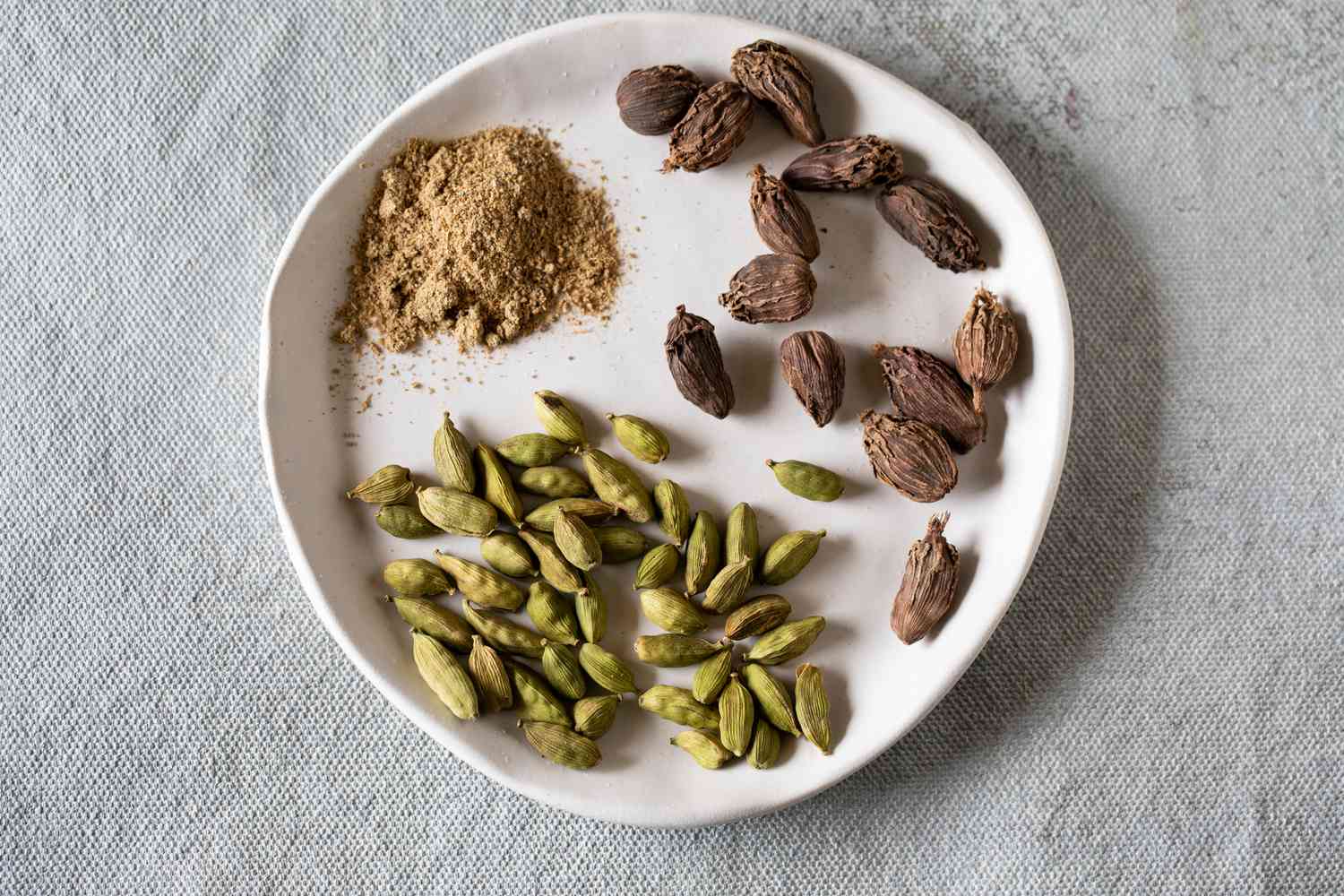
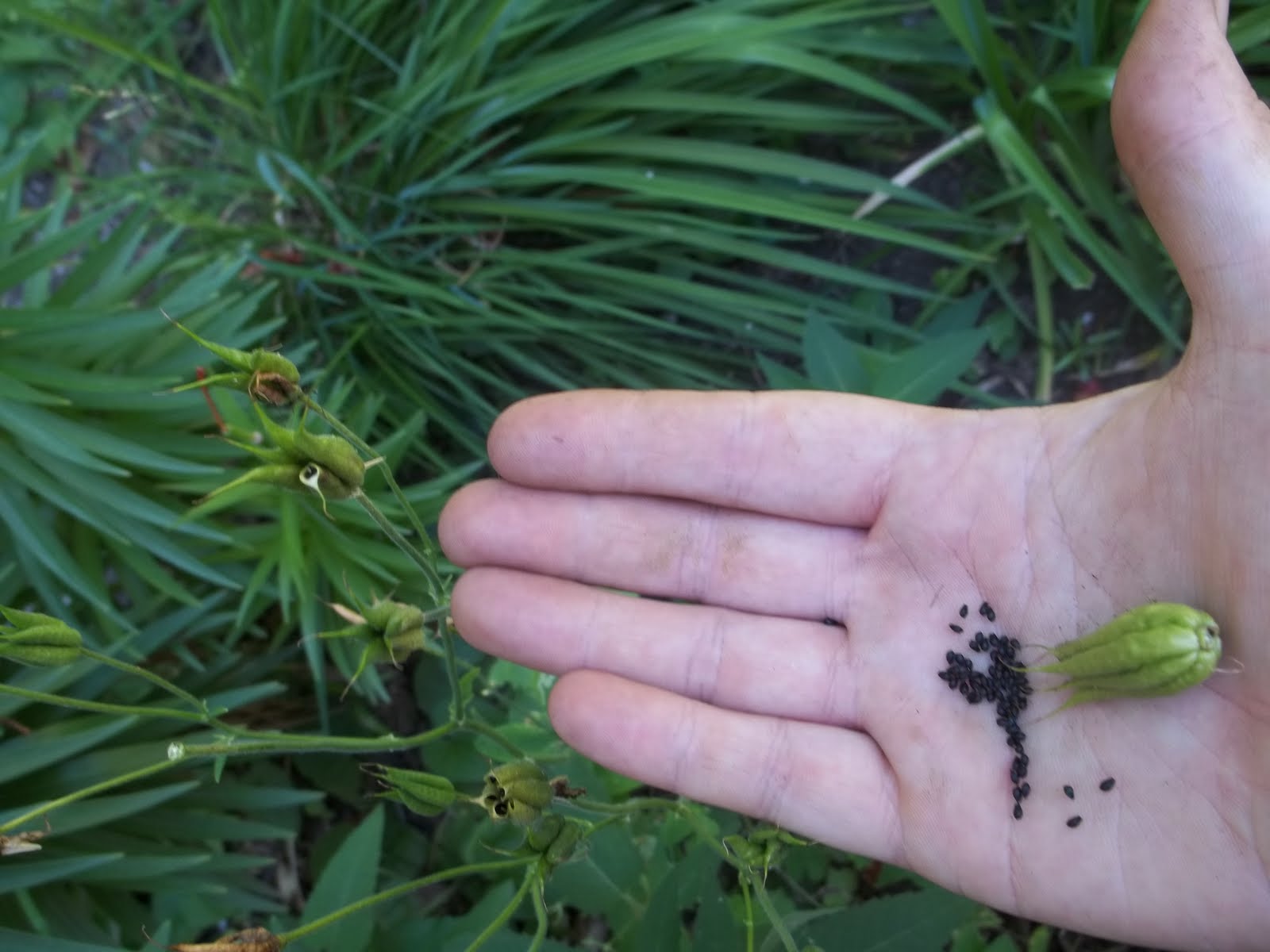
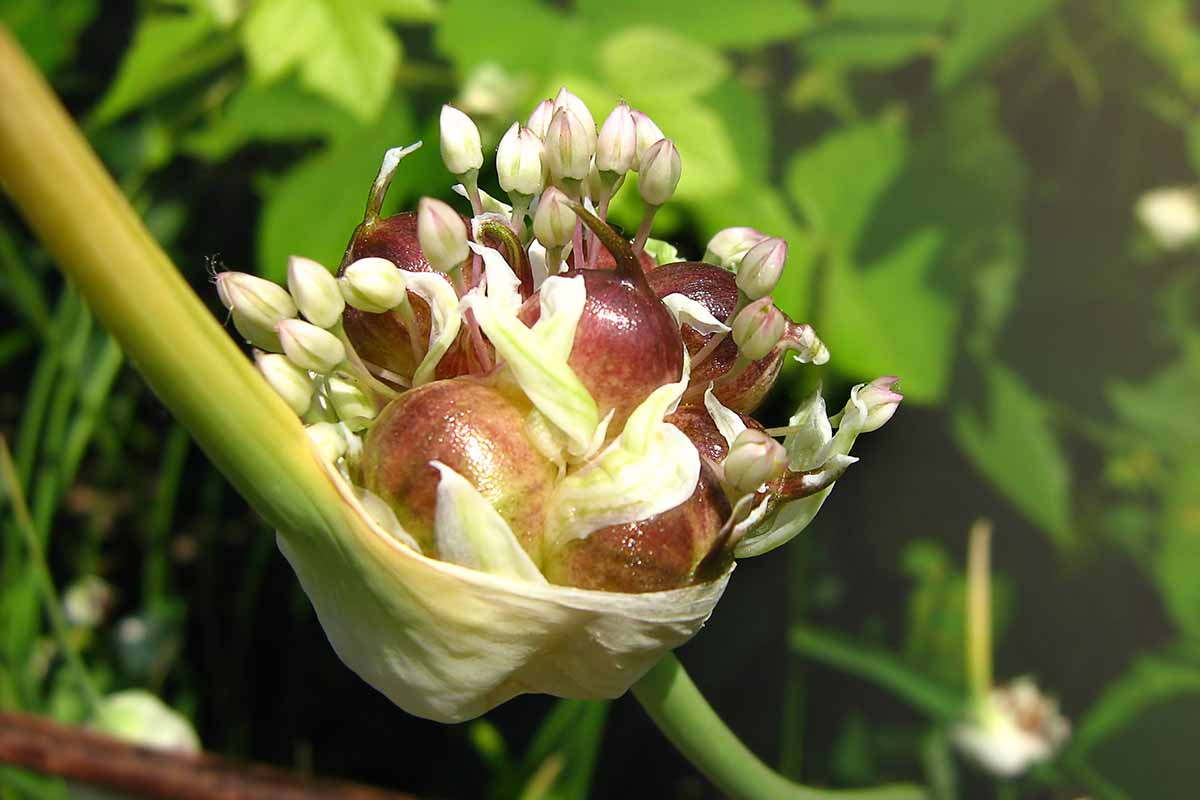
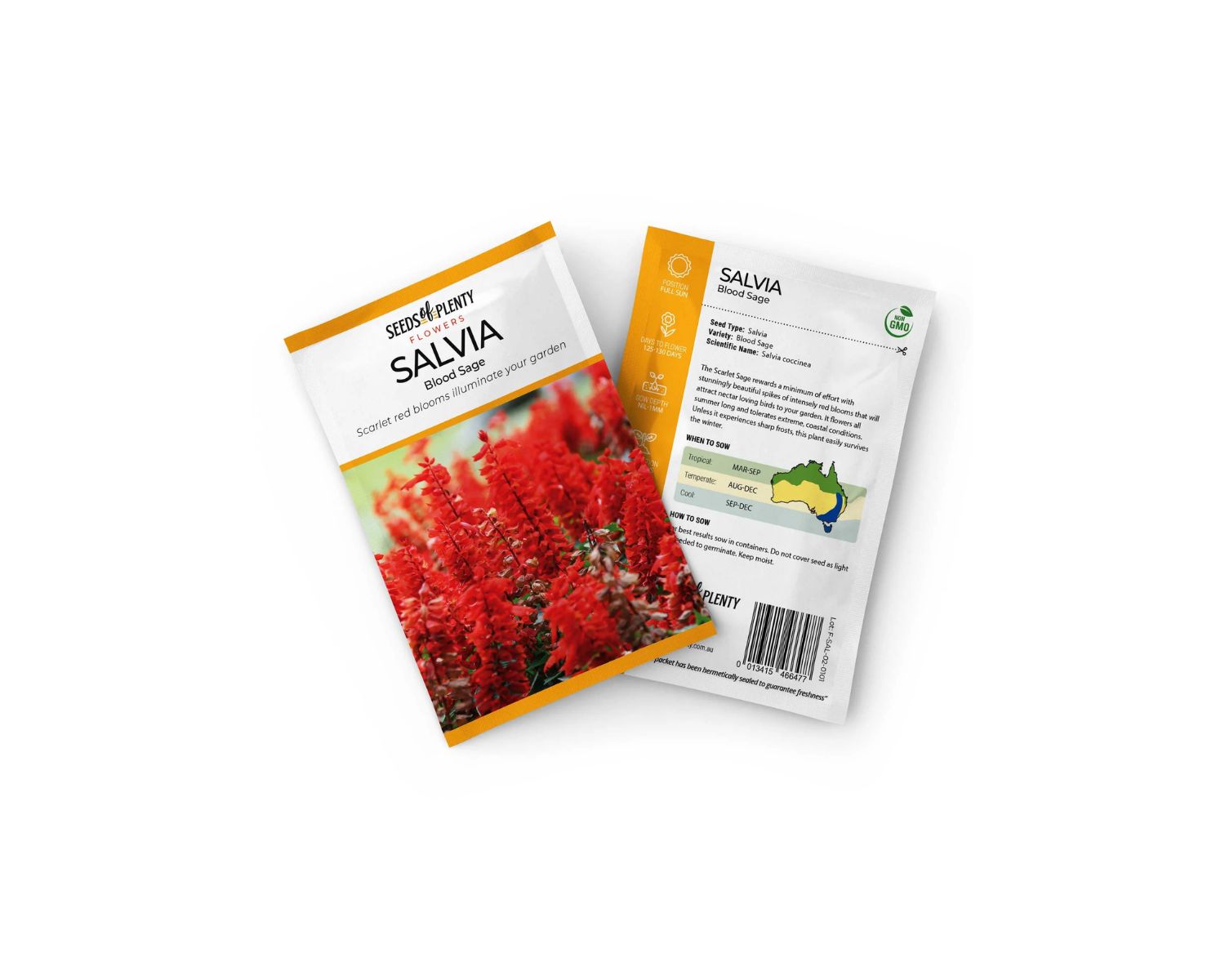
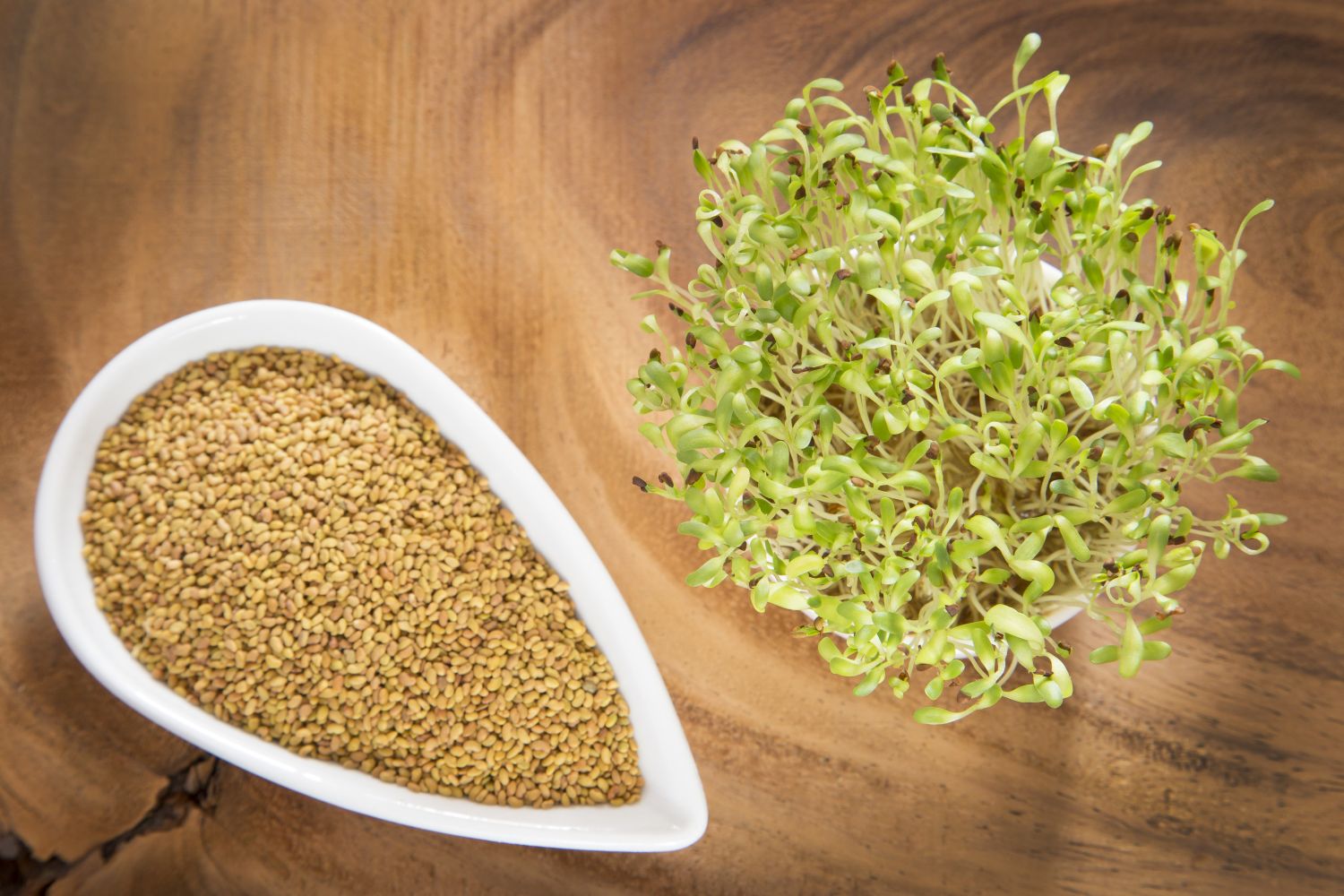
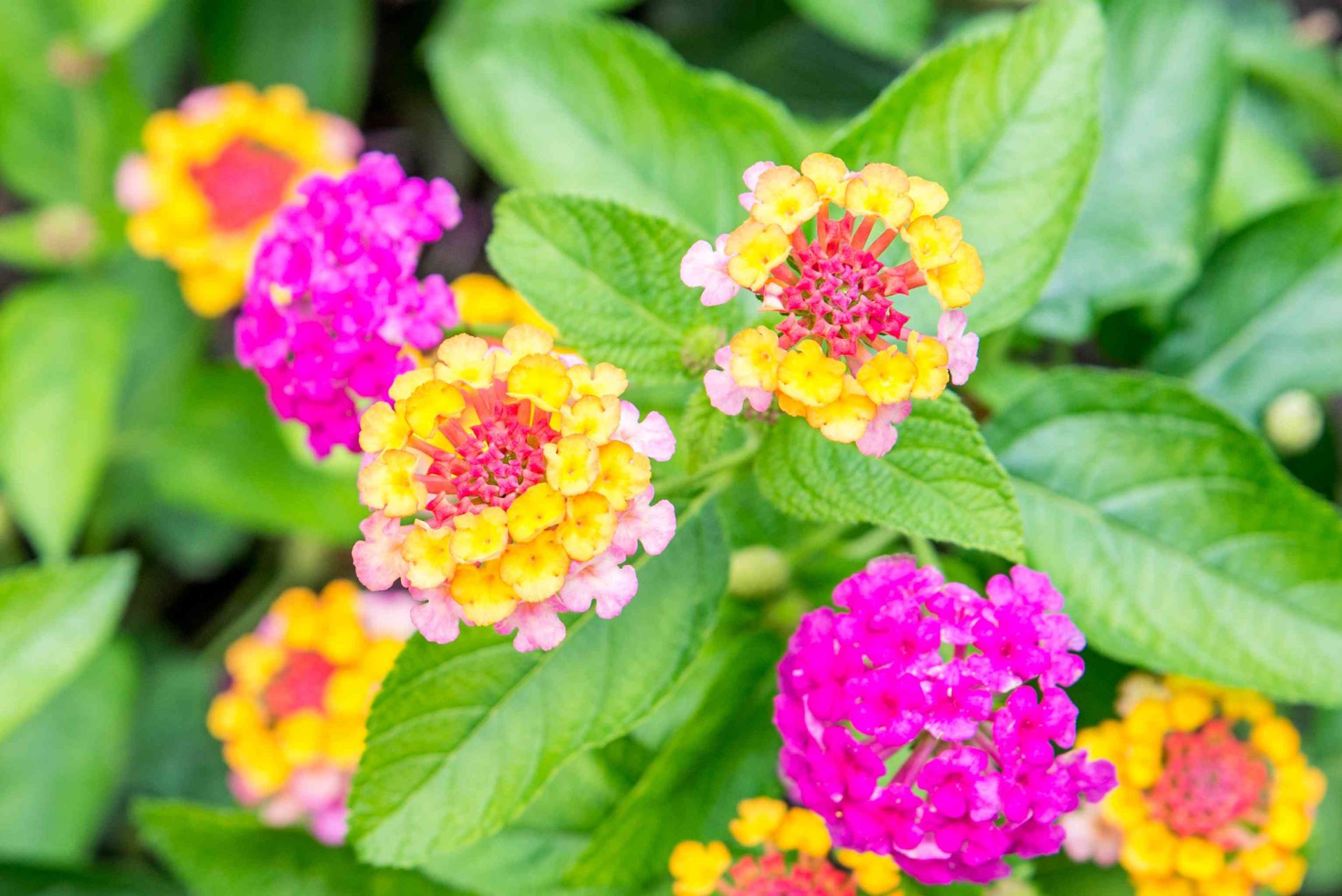
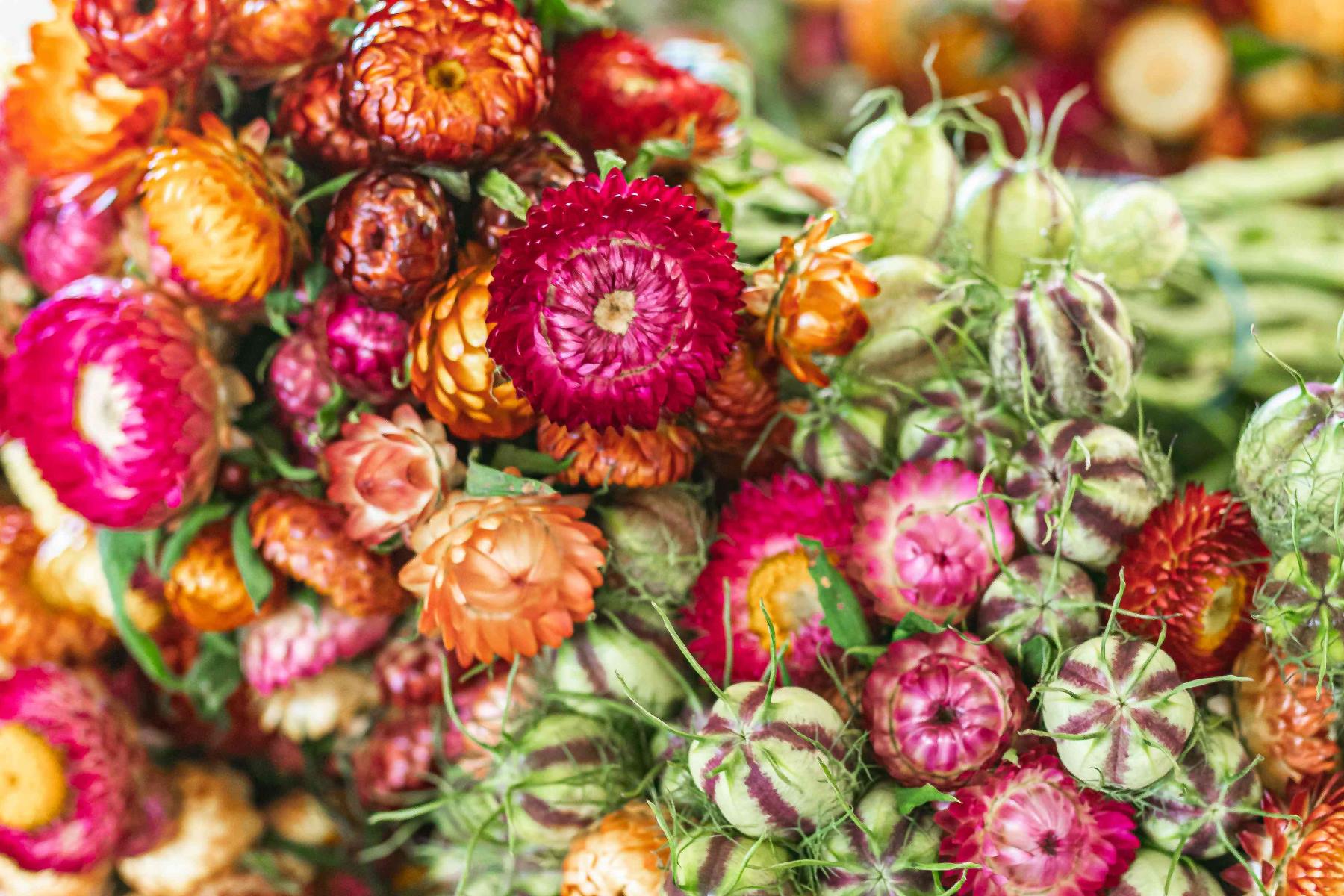
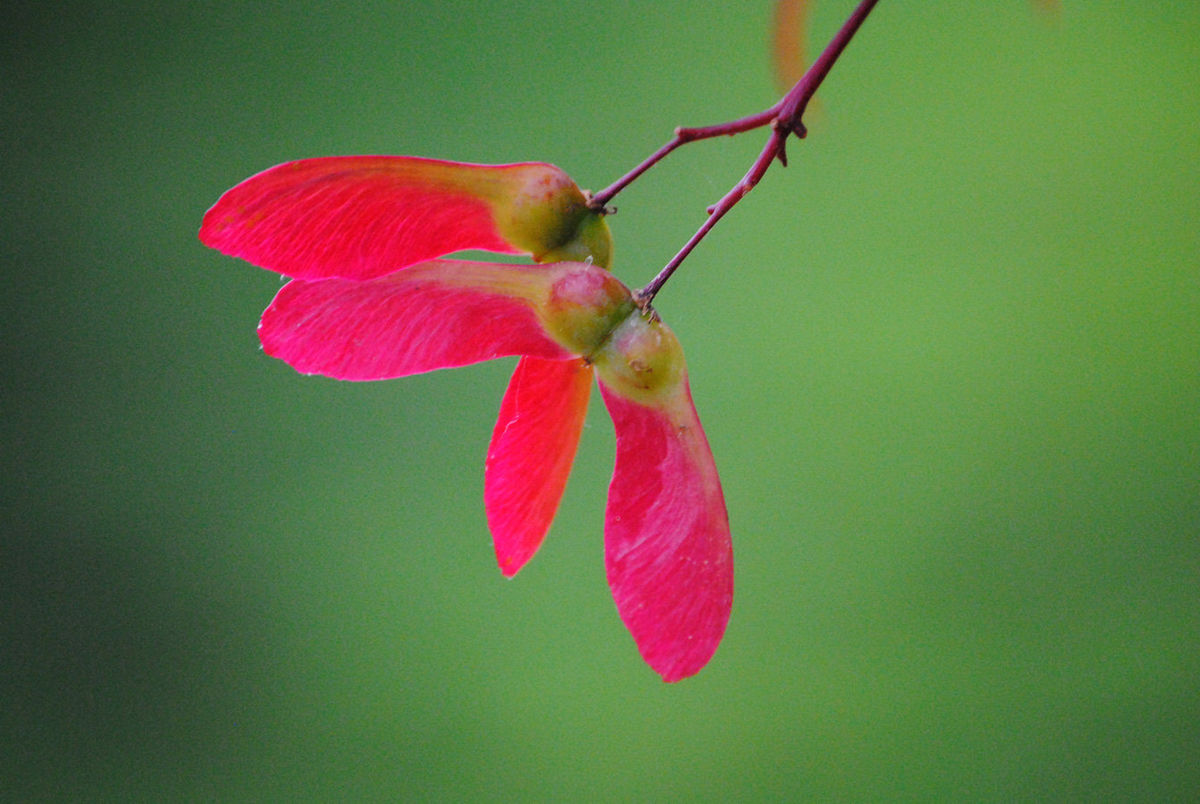
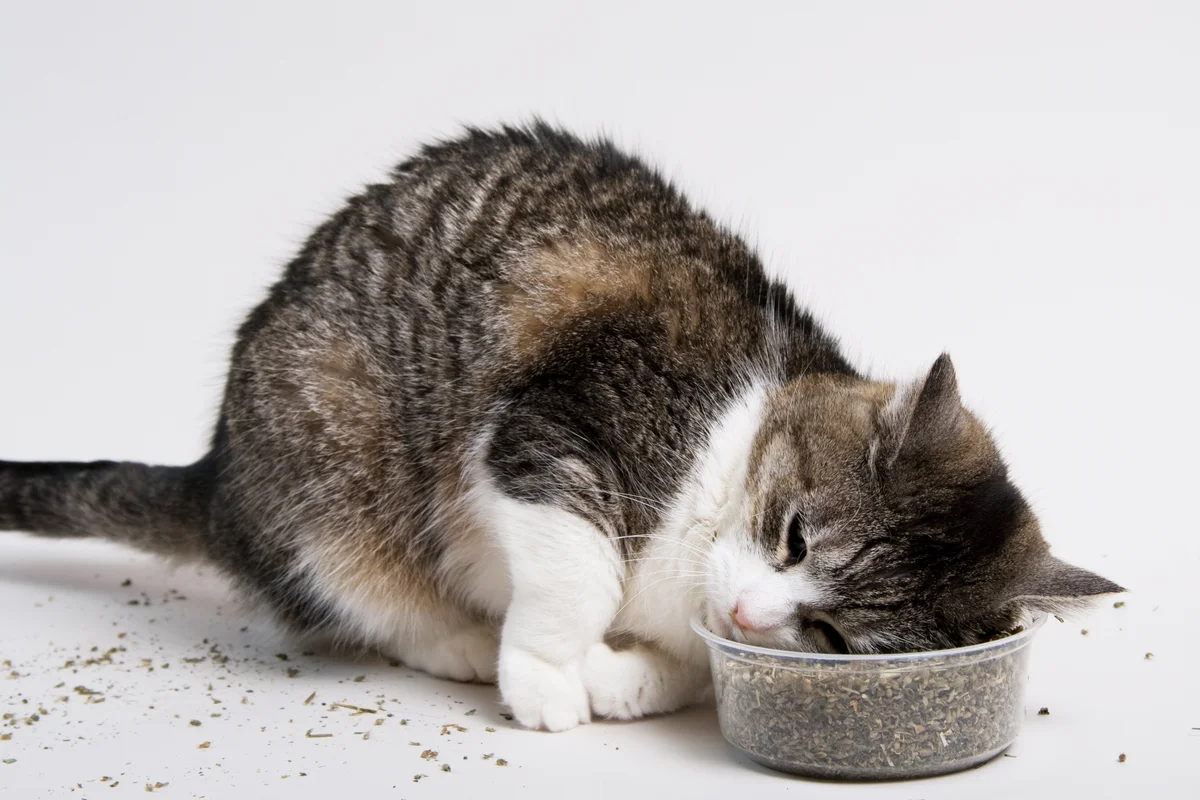
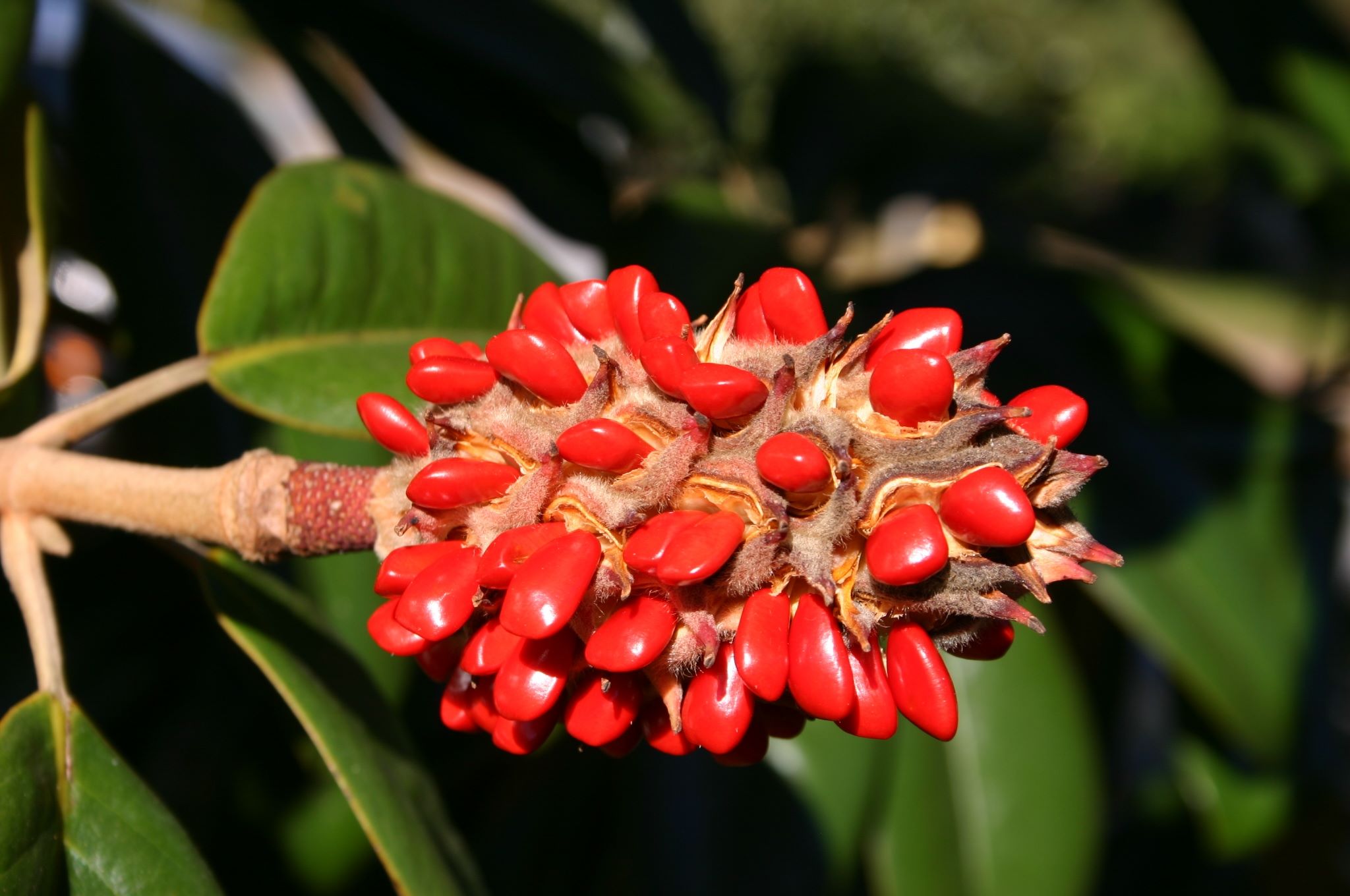
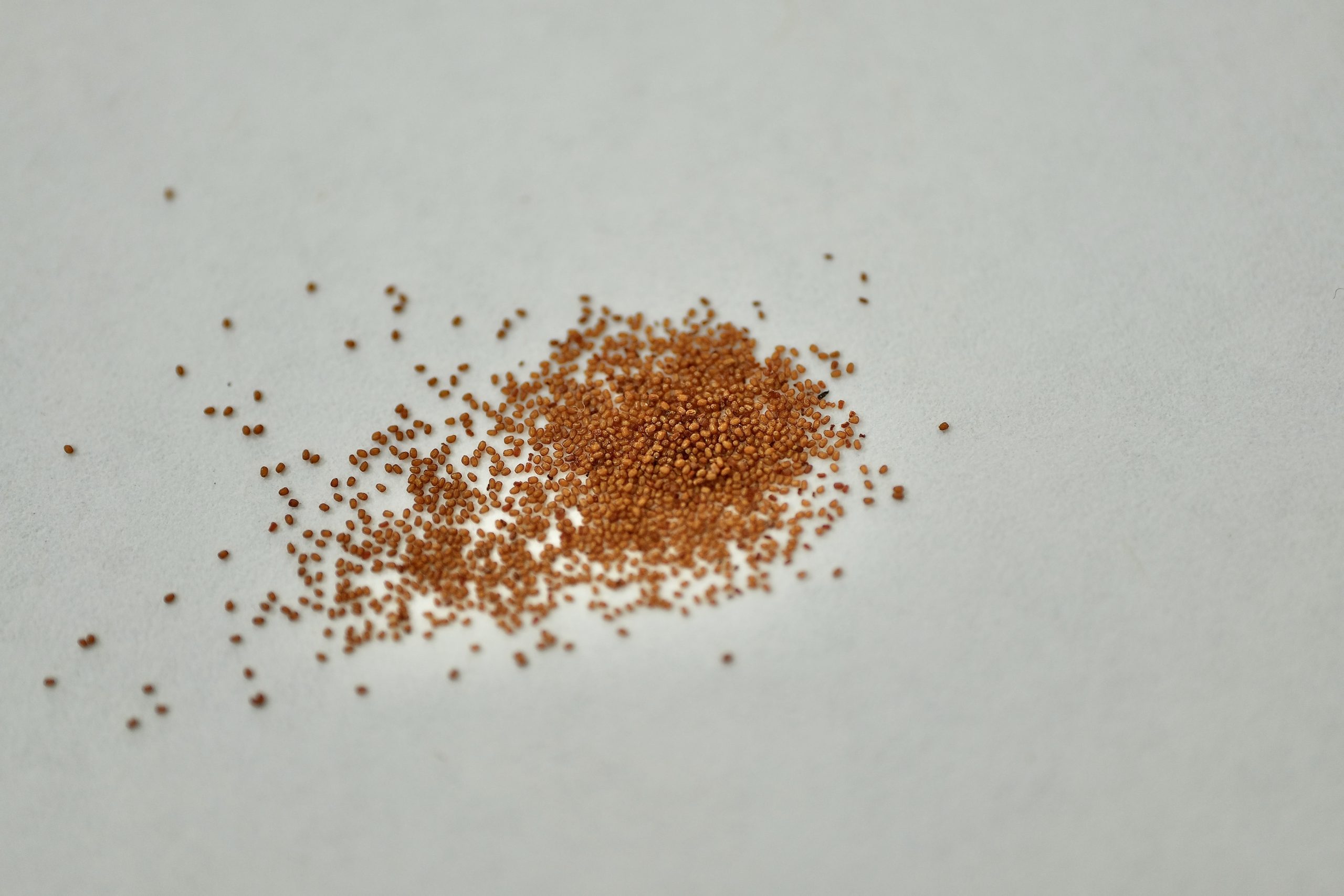
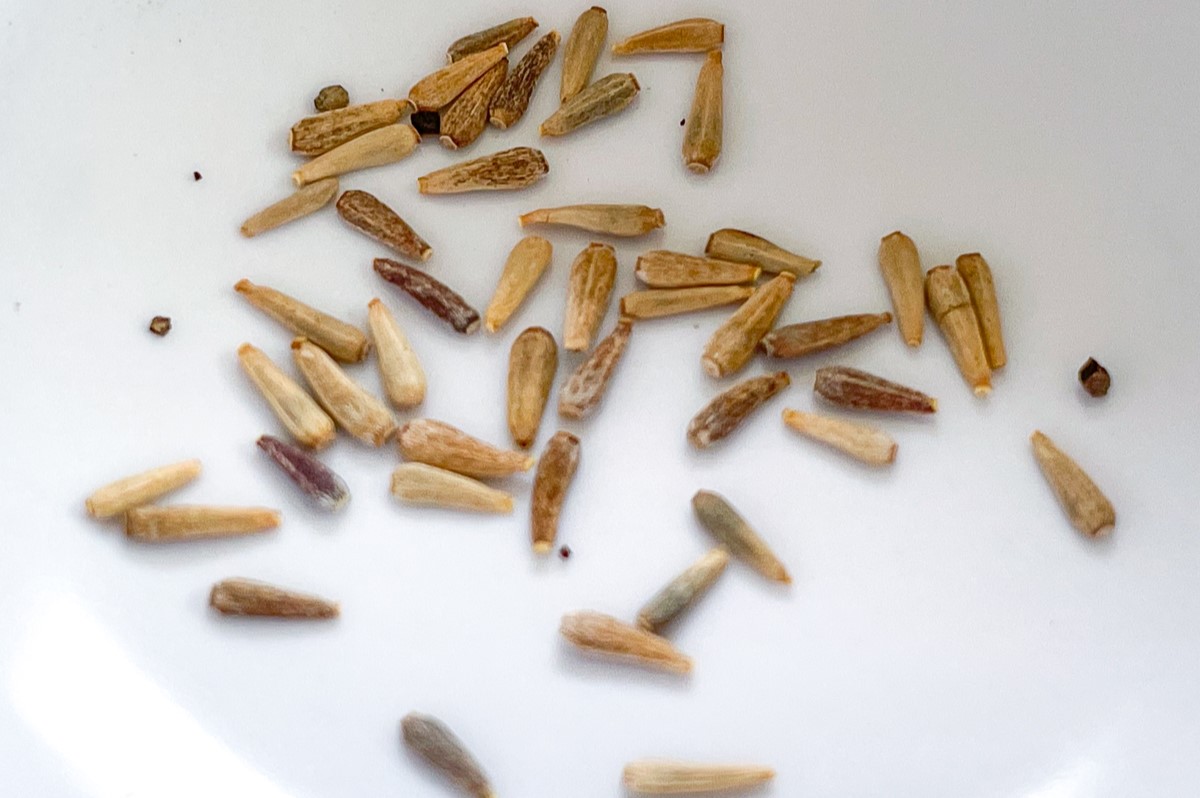
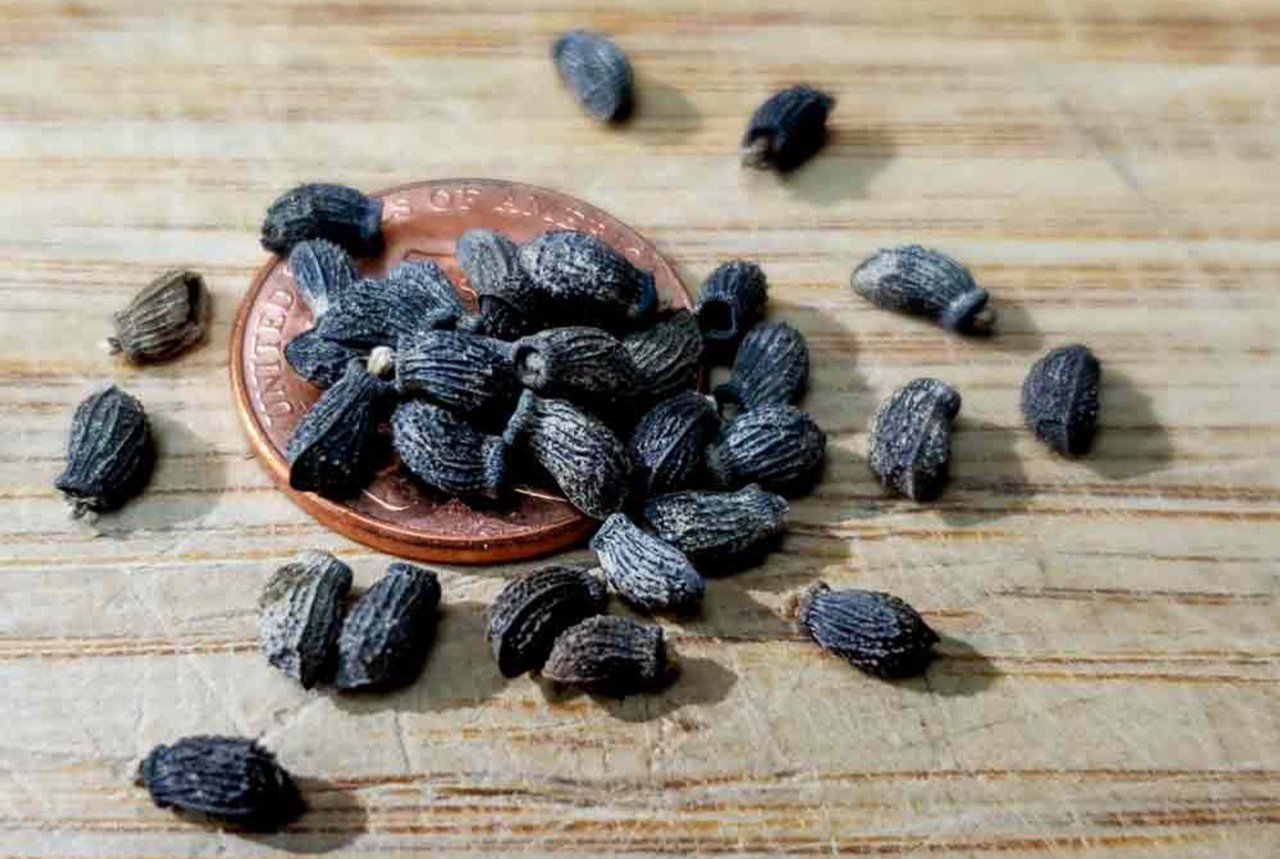
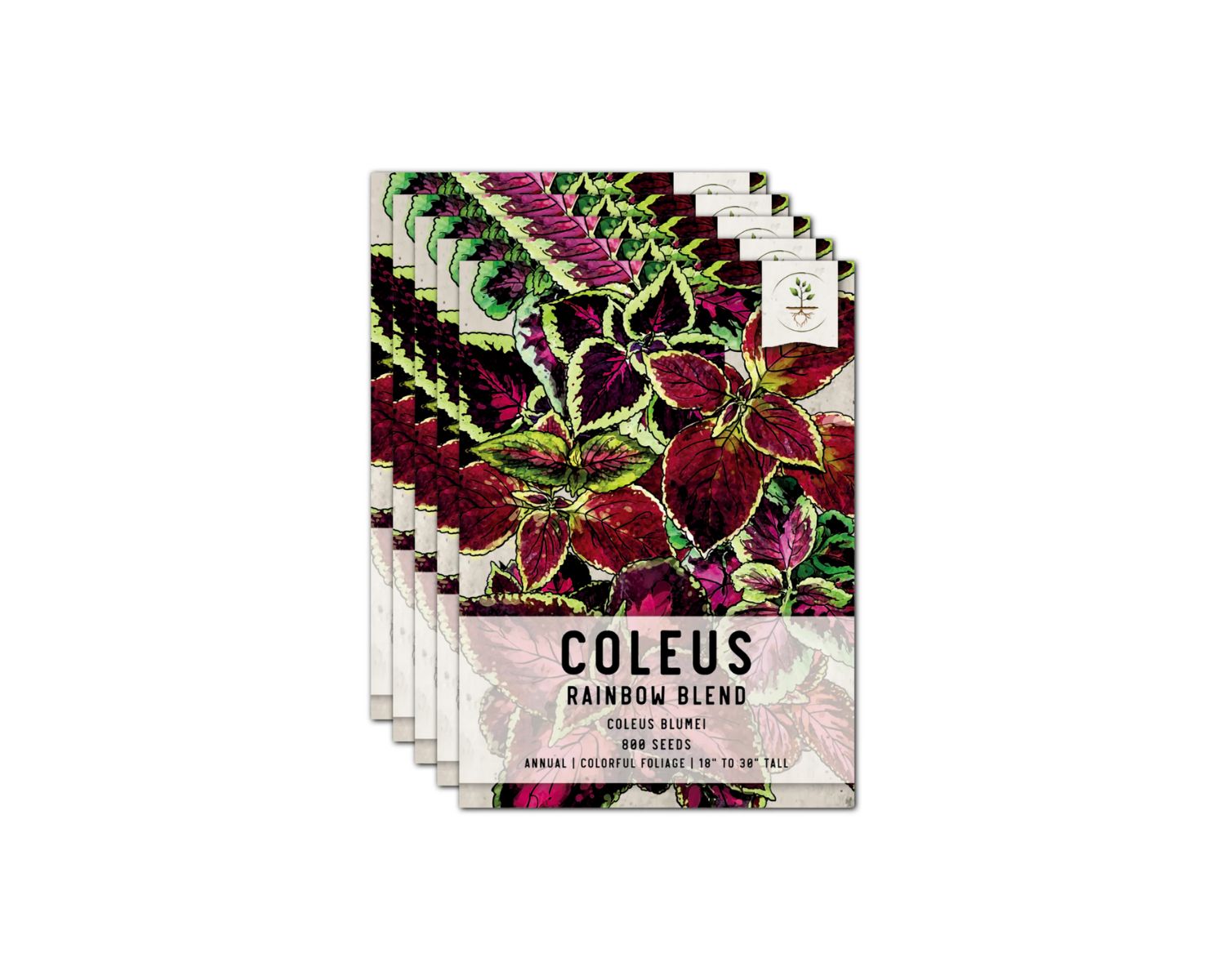

0 thoughts on “What Do Gomphrena Seeds Look Like”